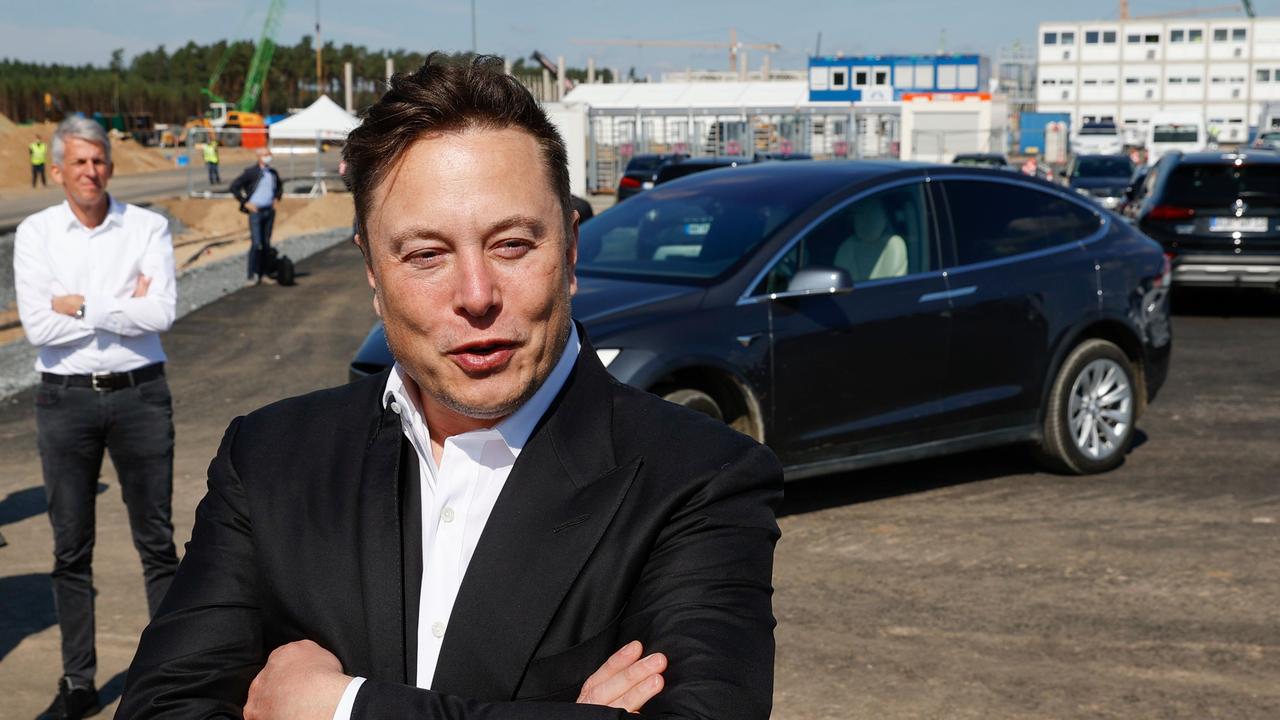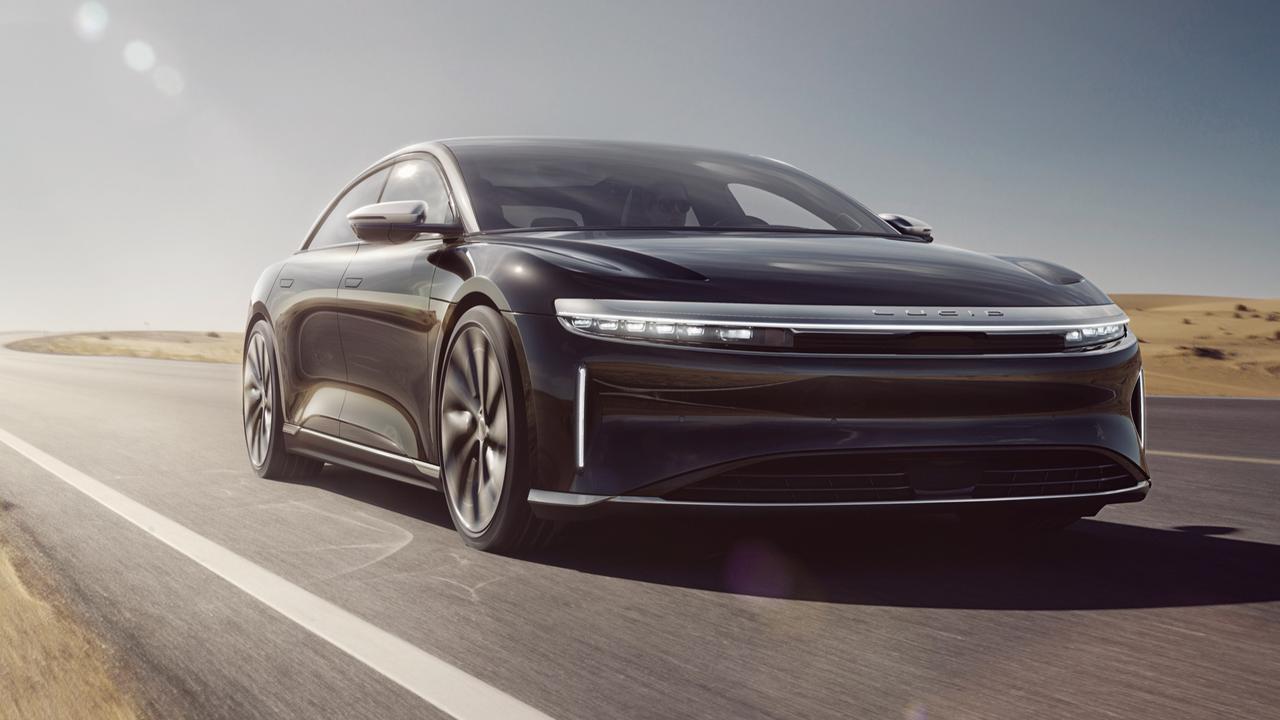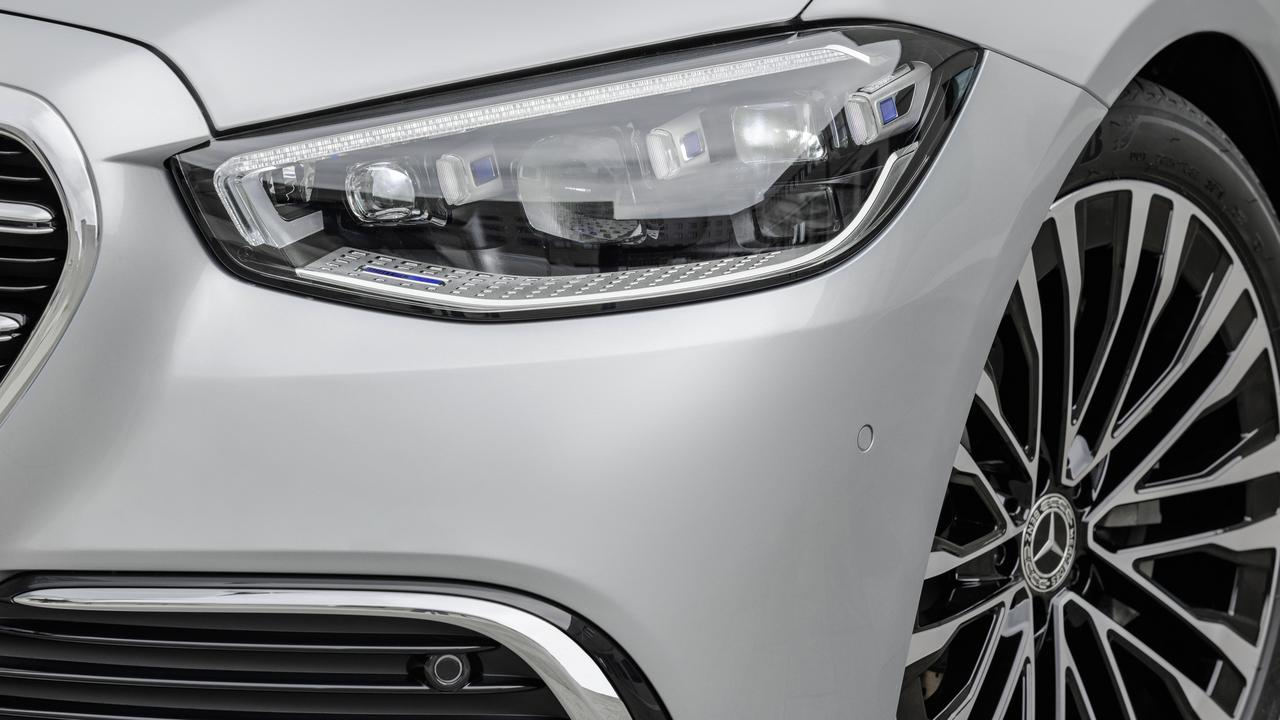Mitsubishi Outlander PHEV: Generally electric
A large investment now for a saving later.
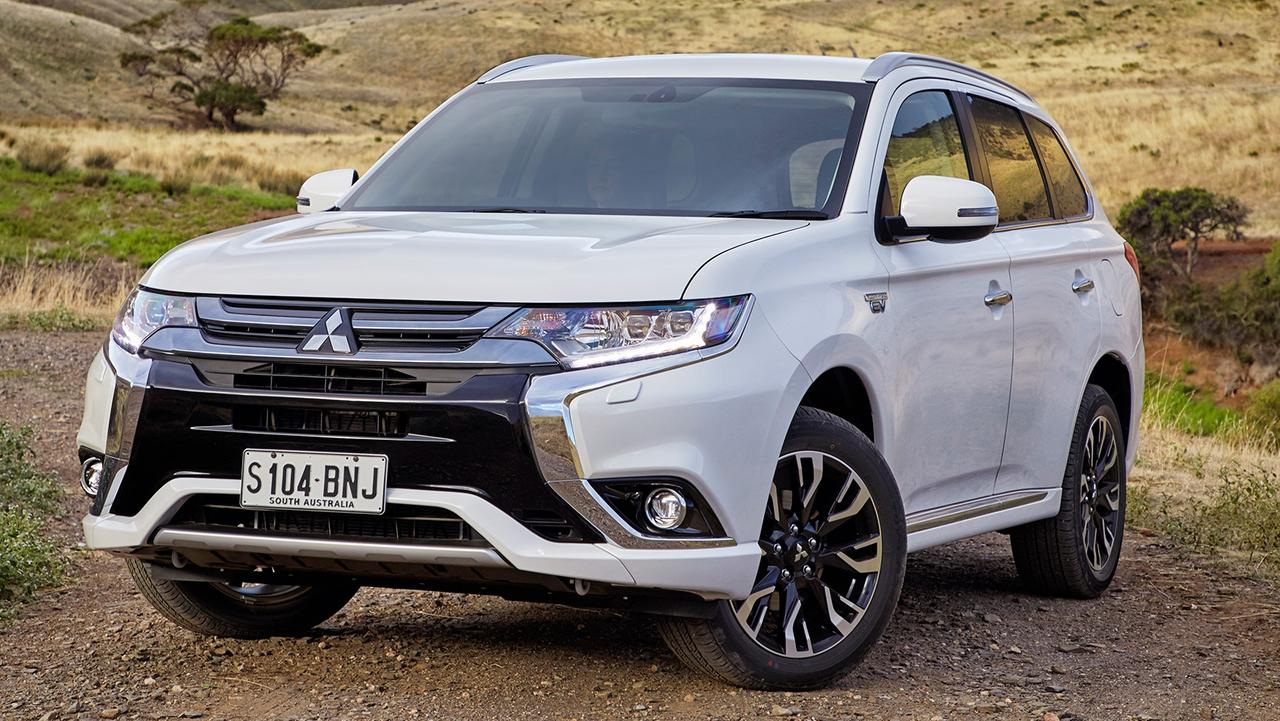
AUSTRALIA’S best selling plug-in hybrid, Mitsubishi’s Outlander, has gained a new look, more safety tech, fast charging and marginally better petrol-free driving range.
It also has a higher price: each model is $3000 more than its predecessor. The LS is $50,490 plus on-road costs and the flagship Exceed is $55,490.
It’s still not available as a seven-seater because the hybrid controller module and rear electric motor take up the space.
The new model gains Apple CarPlay and Android Auto, digital radio, LED headlights, electric park brake and what’s called a “Chademo” fast-charger connector that can top up 80 per cent of the battery’s capacity in just 25 minutes.
In addition to seven airbags and a rear view camera, the Exceed gains automatic emergency braking with pedestrian detection, radar cruise control, lane change assistance, rear-cross traffic alert and a 360-degree camera. Smartphone app capability lets you switch on the aircon before you get in or set the recharge time via your phone.
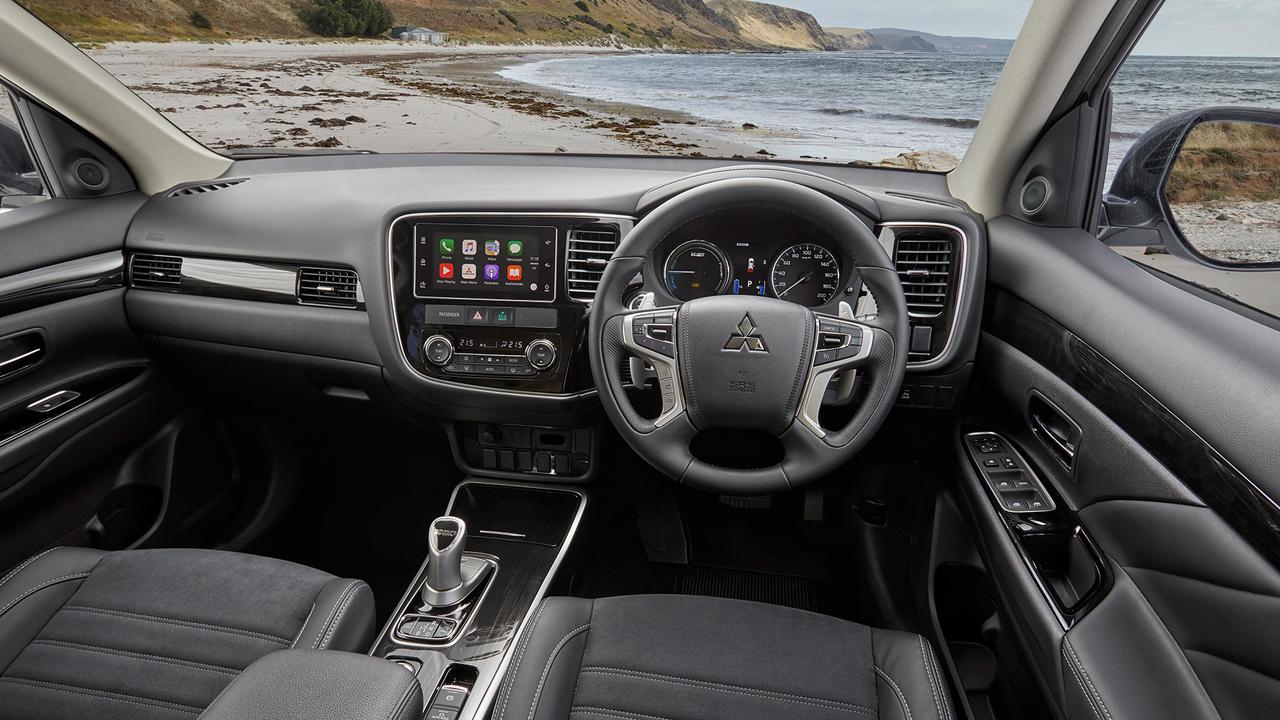
Claimed electric driving range has increased from 52km to 54km — in the real world, the range is respectable at 30km-34km. The petrol engine extends the range to about 500km.
Electric motors front and rear propel the Outlander when moving from rest and cruising at suburban speeds.
Typically, the petrol engine kicks in on the freeway, driving the front wheels via a single ratio, direct drive axle. It can also charge the lithium-ion battery to 80 per cent capacity in just 40 minutes, on the move or when parked and using about 3L of fuel in the process.
Average fuel consumption, according to laboratory tests, has been trimmed from 1.9L/100km to 1.7L/100km. But real world thirst varies greatly — anecdotally, from 6L-8L mixing petrol and electric and 9L-11L on freeway running.
Charging the PHEV from flat via a regular 10-amp household power point takes about 6.5 hours, or five hours from a 15-amp outlet.
ON THE ROAD
The Outlander PHEV starts and runs silently and, with its hi-tech whirr, it sounds as if you’re driving something from The Jetsons. The electric motors have ample power and, with practice, it’s possible to use them most of the time.
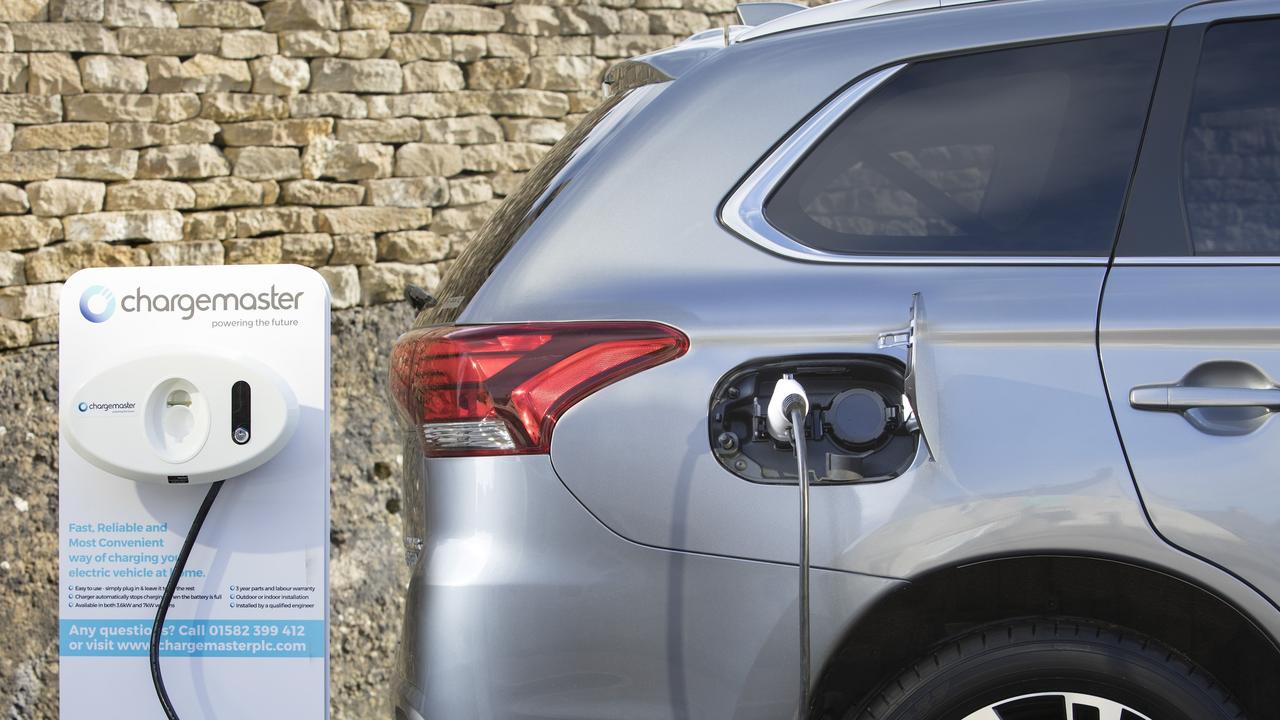
As before, paddle shifters are used for minute adjustment of the regenerative braking. Ingeniously, Mitsubishi has eliminated the too-sharp brake pedal feel that is a hybrid trait.
Extensive changes you can’t see (such as new suspension and more sound deadening, including thicker glass) make driving much more pleasant.
Tipping the scales at 1860kg, it weighs about 300kg more than a petrol model and 200kg more than a diesel, and the mass is felt when it changes direction. The soft suspension can feel wallowy at times.
There is no digital speedo and the cabin, although roomy, is starting to look dated.
VERDICT ★★★½
The base Outlander is under $30,000, the top-of-the-range model is $10,000 less than the PHEV Exceed and the savings will buy a lot of petrol. Fast charging, smartphone tricks and improved refinement and comfort make the update worth a second look — if you can justify the price.
AT A GLANCE
MITSUBISHI OUTLANDER PHEV
PRICE From $50,490 plus on-roads
SAFETY 7 airbags, 5 stars
WARRANTY 5 years/100,000km
CAPPED SERVICING $1000 over 3 years
SERVICE INTERVAL 12 months/15,000km
ENGINE 2.0-litre 4-cyl, 87kW/186Nm; electric motors, 60kW/137Nm front/195Nm rear
THIRST1.7L/100km electric mode, 5.8L highway
DIMENSIONS 4695mm (L), 1800mm (W), 1710mm (H), 2670mm (WB)
WEIGHT 1860kg
SPARE None; inflation kit
TOWING 1500kg

